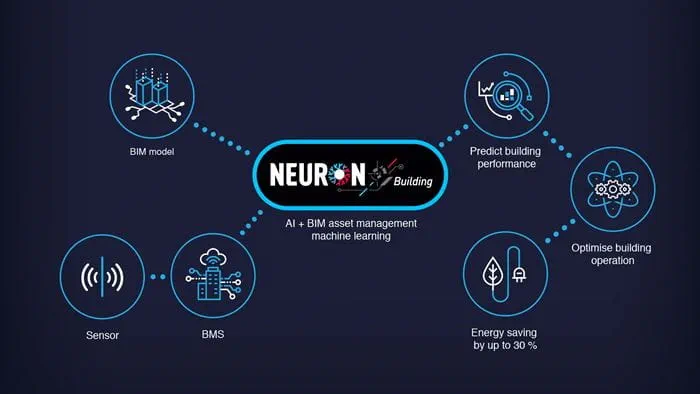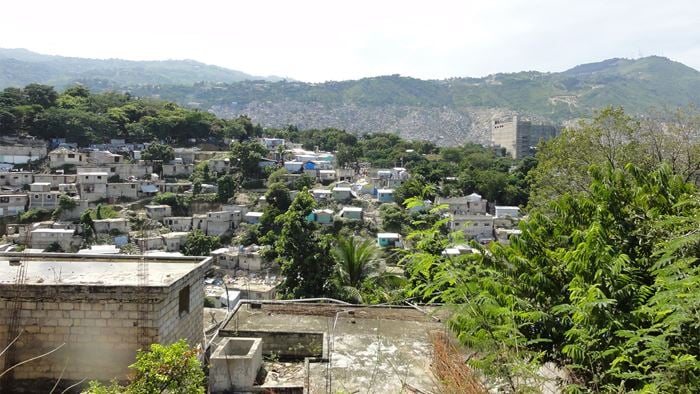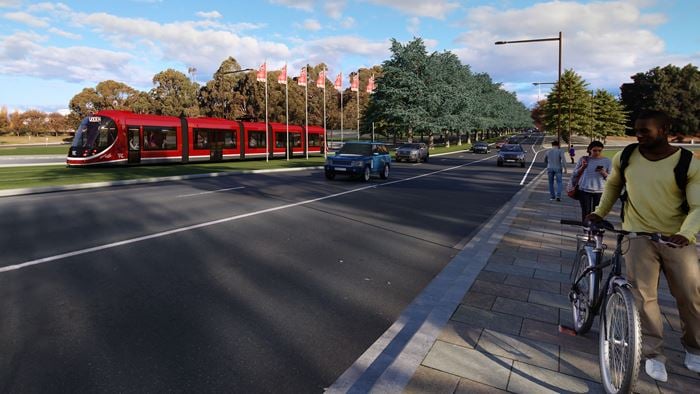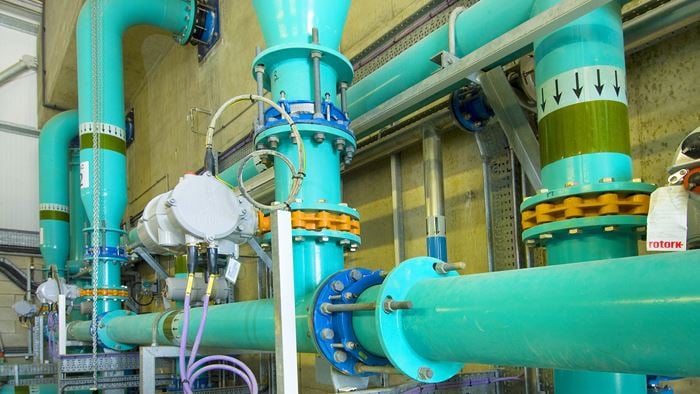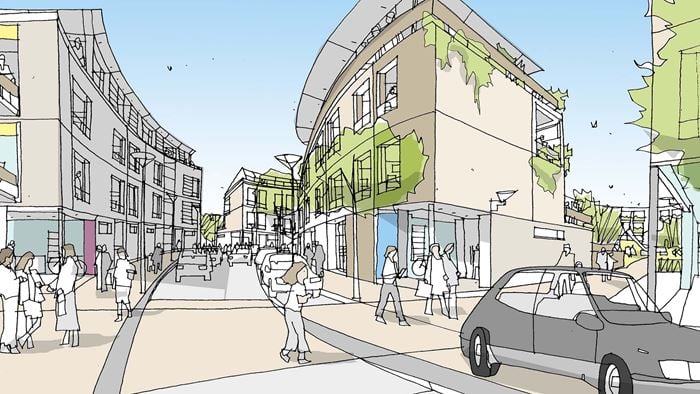Clean air is a crucial issue on our cities’ agenda, and it’s no surprise with almost 7 million air quality linked deaths globally and air pollution remaining constant in 2020’s strictest global lockdown measures. We have already started the clean air revolution with renewable energy, including zero-emission transport and energy plan initiatives in Australia and BreatheLife in Singapore; however, clean air in cities needs a renewed focus. While starting the conversation for cleaner air is essential, it can often lack clear objectives leaving leaders unsure about starting. Without clear steps toward improving air quality, cities risk losing their liveability standards and opportunities for change and investment.
The good news is that cities can improve air quality before it becomes too late, and there are many ways leaders can act now while learning from cities around the globe grappling with an air quality crisis. Here are three essential steps leaders can take to make air quality real for their cities and how a Clean Air Programme can help them get started.
1. Embrace imperfection
Waiting for a perfect solution for solving air quality and having cleaner air will delay progress. Too often, clean air action is stalled by discussions on failings, debating technology solutions, and prioritising resources. Visible effort and willingness to try new ideas and reinforce principles will have multiple benefits and should not await developing a flawless national strategy.
Piloting a clean air or low emission zone can be a powerful way to frame air quality issues and make the benefits visible. Since introducing an Ultra Low Emission Zone in Central London in 2016, limiting the number of older high polluting vehicles travelling through the city has seen a 36% reduction in roadside NO2 and a 31% reduction in NOx emissions. If designed well, a pilot or trial can help cities build support and activate an evidence-based discussion. Near-term actions like this can help inform and build momentum toward a comprehensive response to the clean air challenge.
2. Establish a baseline
Cities must rapidly generate more data about air quality to establish a starting point, and the easiest way to uncover a city’s air quality baseline is through increased monitoring. When air quality monitoring stations are sparse and located in limited settings, it’s impossible to understand the real cost of air pollution in a city, including in schools, hospitals, and precincts.
Increased monitoring can be cost effective and get the community closer to air quality data. Low-cost sensors can complement data produced from advanced monitoring networks and help document activity changes in the community. The Breathe London community is a network of affordable and easy-to-install air quality sensors helping to produce the best possible data set and run by the London Air Quality Network. Citizen and community-led monitoring makes local air quality monitoring more accessible and improves the visibility of local air quality challenges. Monitoring improvements like this can help improve air quality visibility in cities and inform decision making for cleaner air options.
3. Make clean air personal
Change requires a new narrative. Local data can create a story to help government perception of air quality shift in the right direction. But air quality isn’t just a city issue; pollution is personal, and air quality can be entirely different across a single city, suburb, or street. Humans experience the impact of air quality at a local scale in their communities, and as a result, the message needs to reflect this.
The critical challenge is making the invisible visible. Australia’s bushfire crisis in early 2020 made air quality a news headline, and citizens shared a unique experience about the meaning of clean air. Citizens could see and feel the impacts of harmful particulates, and very quickly, air quality became personal. While this has helped shaped the narrative for one city, it needs to evolve.
We can also solve the problem and shape the conversation from a city, precinct, and building level. Targeted solutions could include adopting green infrastructure in a city and introducing low emission zones in precincts. It is also clear that’s individuals value wellness with the momentum of green and well buildings in Australasia. Maximising the airtightness of buildings and then facilitating both active and passive ventilation solutions can help manage air quality and energy demand.
Using local data, leaders can target messages that enable government and communities to connect with the challenge. It can also be a powerful tool for starting the conversation, driving collaboration, and unifying community perception.
Get started with a Clean Air Programme
Implementing a Clean Air Programme can help leaders put these steps into action with confidence and expertise. A Clean Air Programme is a suite of interventions, pilots, and trials to improve air quality in urban environments. It takes a chronological approach from baselining and monitoring air quality to implementing change and maintaining air quality in growing cities. As seen with the expansion of the Ultra Low Emission Zone (ULEZ) in London, a Clean Air Programme can be a policy driver bringing all stakeholders together around a common agenda, augmented by clear leadership.
With COP28 being the first to dedicate a day to health and highlight the consequences of the climate crisis for wellbeing, there is a clear imperative for cities to invest in clean air for better environmental, health and social outcomes. It’s time for cities to get ahead of a crisis and invest in a clean air future now.
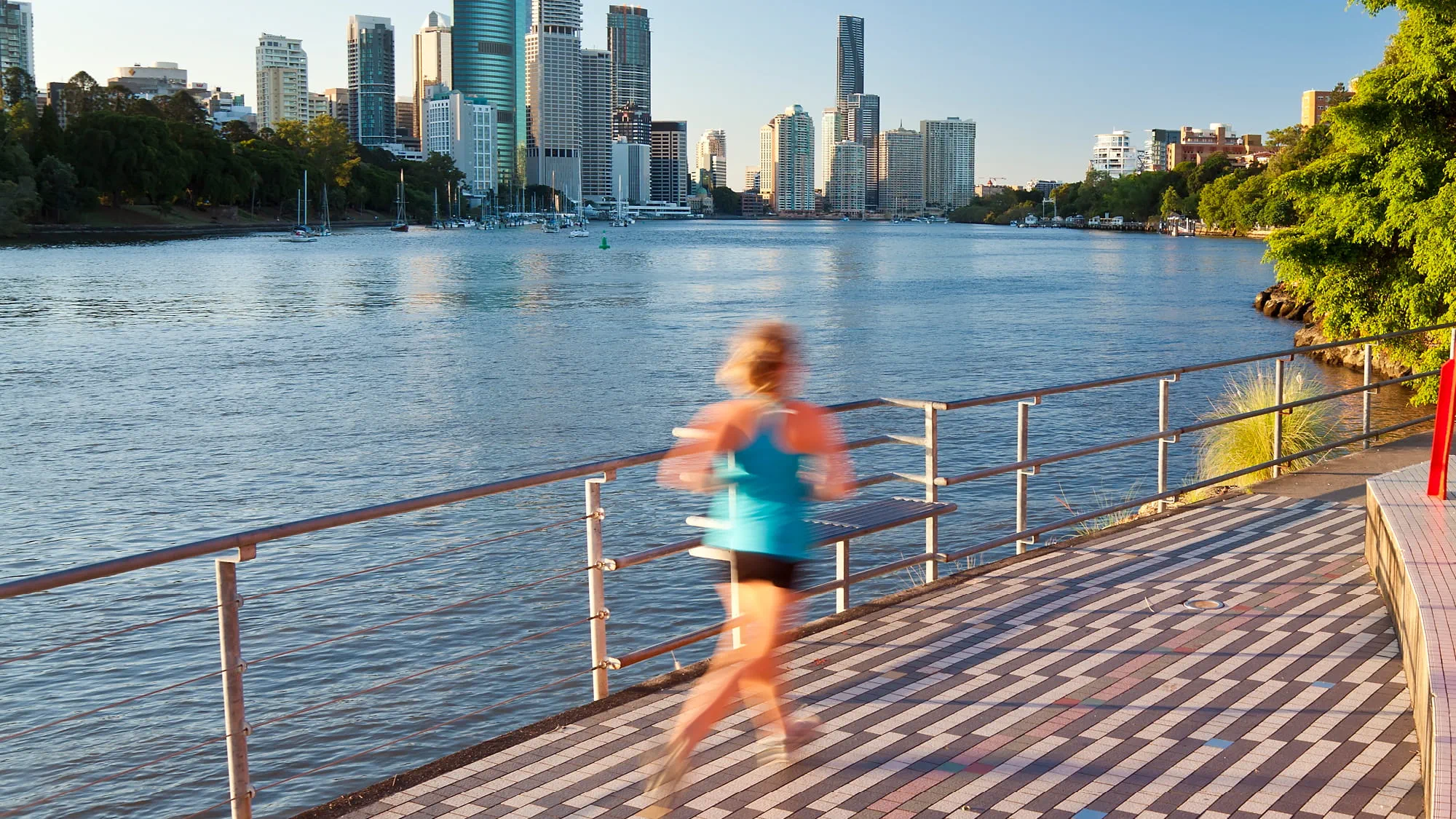 ;
;


